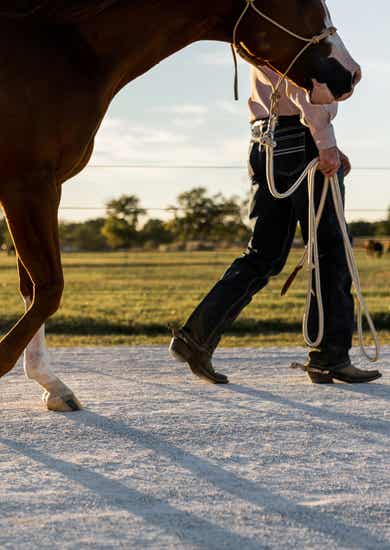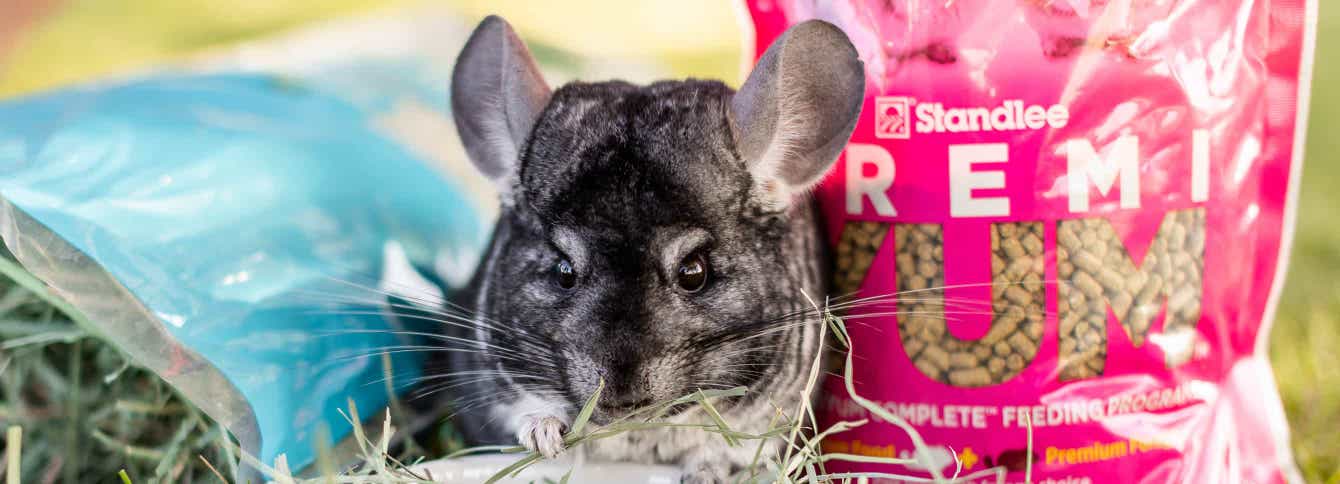
What to Feed Your Small Animals, Made Easy!
Have you ever wished for an easier way to pick the right food and forage for your littlest fur baby? Wish no longer! Standlee proudly introduces PremiYum™ Fortified Foods for small companion animals, including rabbits, guinea pigs, hamsters, gerbils, mice, rats, and chinchillas. Standlee PremiYum Fortified Foods are meant to be paired with our farm direct Hand-Selected Forages to deliver the...
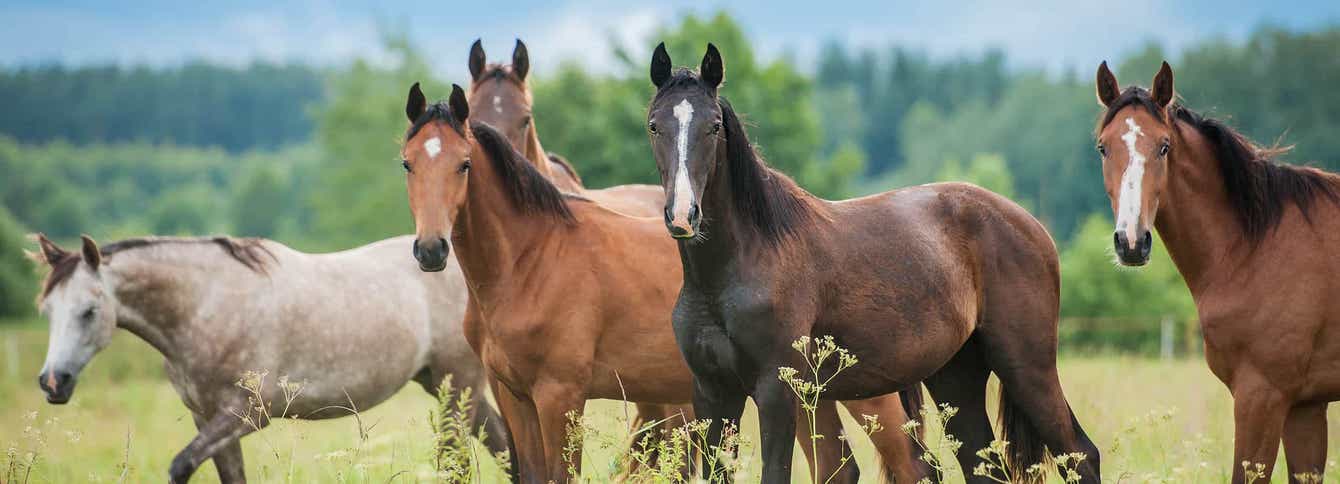
Can You Identify Normal Horse Vital Signs?
In the words of Dr. Cubitt, “Know what is normal for your horse, so you can identify when something is abnormal.” Knowing your horse, their quirks and tendencies not only helps to create an unbreakable bond and solid relationship but can also keep them healthy and well. Normal horse temperature should be between 99.5 and 101.3 degrees Fahrenheit The most accurate way to take a horse’s temperature...
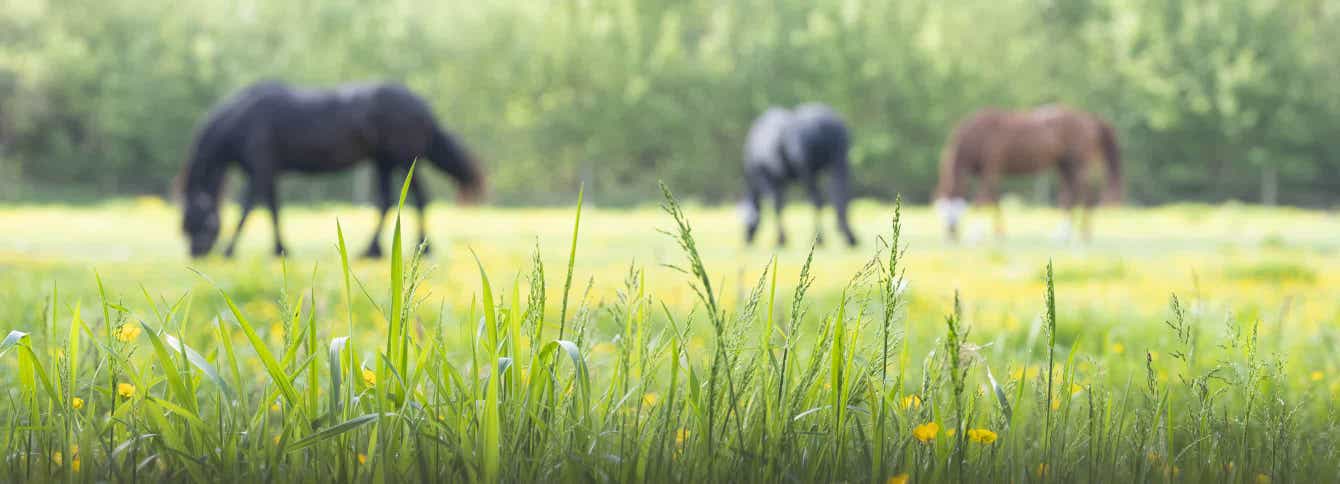
Cresty Neck – A Precursor to Metabolic Disease in Horses
Obesity is associated with insulin resistance in horses and ponies. Overweight horses also have an increased risk of laminitis, and overweight mares have decreased reproductive function. Human studies show that regional fat deposition, such as abdominal fat, is more predictive of metabolic disease than overall body fat. Currently, the most common system for assessing a horse’s fatness is using...

Hay Storage for Safety and to Prevent Losses
Forage (fiber) is the most important part of any horse’s diet. The majority of horses get their forage requirements from hay. Most horse owners go to great lengths to ensure their horse grain is stored in a secure location, but hay storage is not always held to the same standards. When it comes to hay storage, there are a few things horse owners can do to help guarantee their hay will stay in good...

Feeding Cattle – What You Need to Know About Forage, Winter and Spring Grass Transition
Cattle are ruminant animals, meaning they have a four-compartment stomach that is designed to ferment and digest plant fiber (pasture/hay). The intricate stomach design retains fiber long enough so bacteria and other microorganisms can ferment and digest it. This fiber digestion process allows for massive fiber intake, followed by hours of regurgitating, re-chewing and re-swallowing of the...

